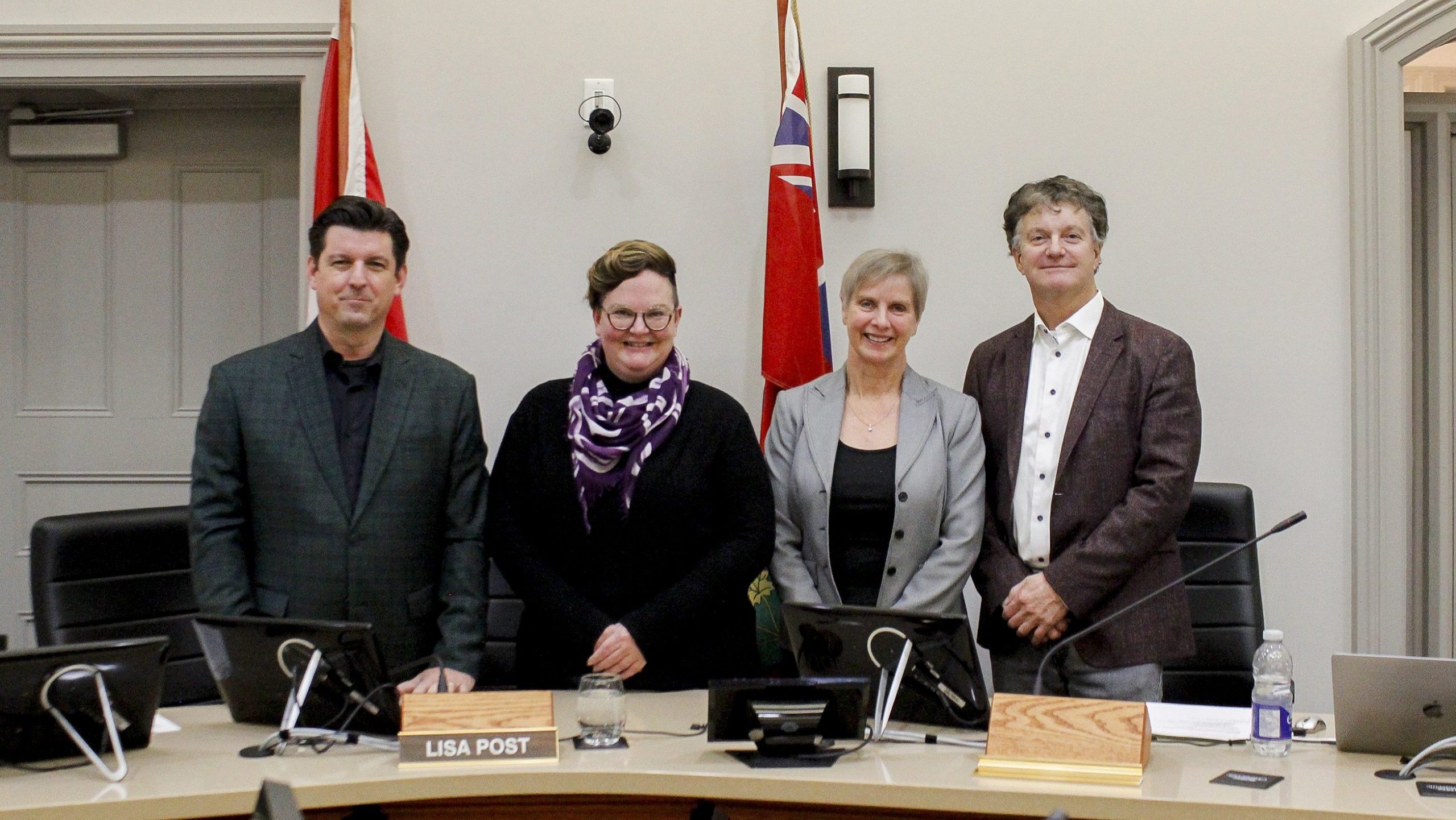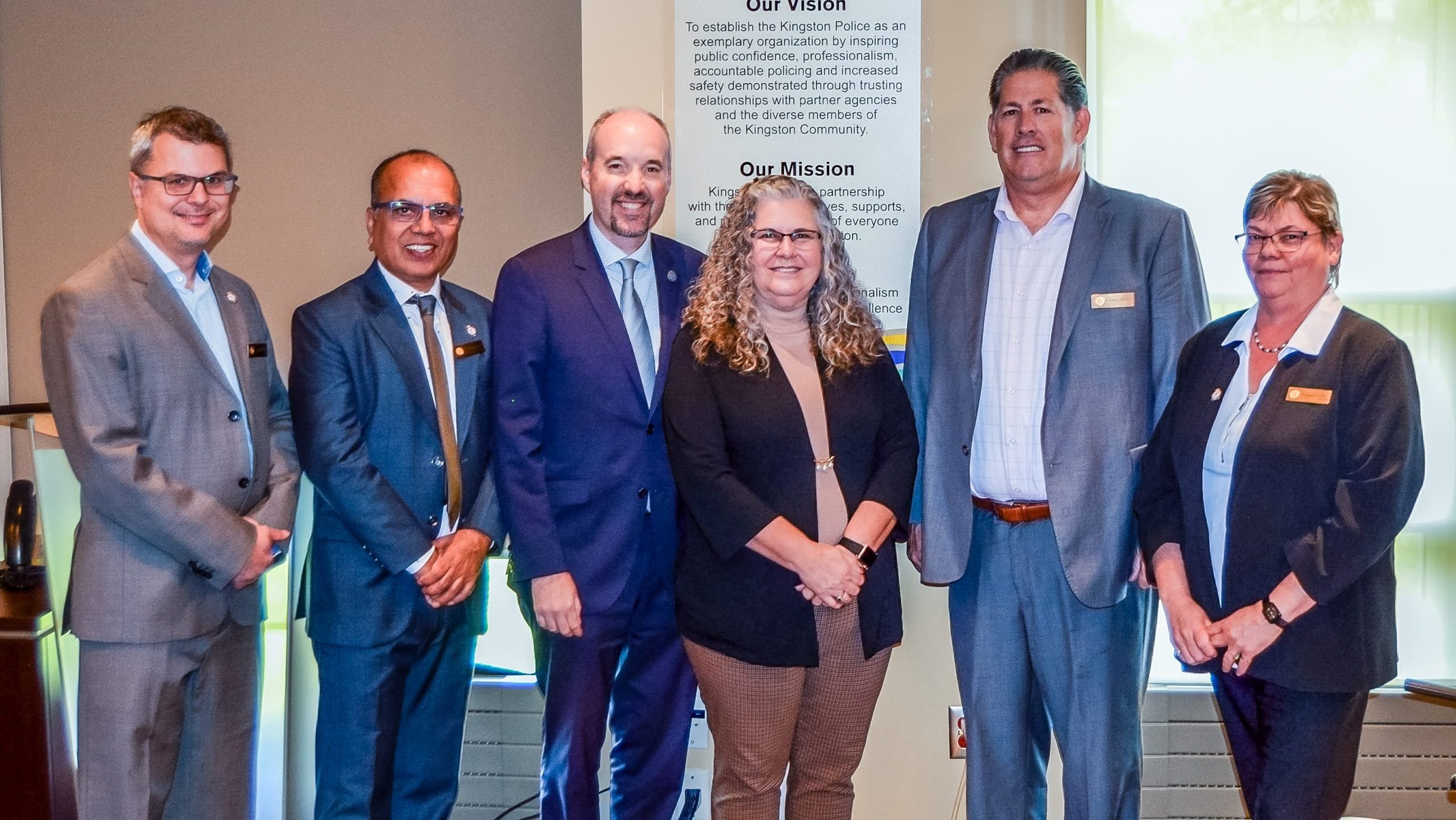Send a message to your elected representatives at all 3 levels of government: Parliament (federal), Provincial Parliament (provincial) and/or municipal council using one form with as few clicks as possible.
[Form coming soon.]
Not sure which level of government your concern applies to? See our guide to Federal vs Provincial vs Municipal Responsibilities in Canada
Your message can be sent to your municipal councillor(s), mayor, MPP, premier, provincial opposition leaders, MP, federal opposition leaders, and prime minister.
How to write to my members of council?
Writing a letter to your municipal councillor(s), either by email or mail, can be an effective way to communicate your concern or support for an issue. Although similar, it is important to note that writing to your councillor as their constituent differs from submitting a written comment to a committee of council. While you may write to your councillor at any time for any issue, submitting written comments follows a more formal process.
Structure
Use the EPIC format The acronym ‘EPIC’ is a useful way to remember how to structure the main part of your letter. After the introductory paragraph, your letter should follow this structure:
- E – Engage! Get your MP’s attention with a dramatic fact or short statement.
- P – Problem clearly stated. Present the causes of the problem you just introduced.
- I – Inform them about solutions. Develop your solution by giving examples of how and where it has worked, how it is cost-effective and how it has benefited Indigenous Peoples.
- C – Call to action. Let them know what you want them to do about it.
What to include
- Include your name and contact information.
- Introduce yourself as a constituent – representatives tend to put much more stock in letters from inside their municipalities
- State your objective or the issue and whether you support or opposite it at the beginning.
- Follow with a brief introduction outlining your concerns.
- Give a short explanation of how the issue affects you personally. Describe your interest in and any experience you have with the issue.
- Include facts and figures to support your argument.
- Ask questions that prompt a response. Ask for clarification on your councillor’s position.
- Request a commitment to a specific action, and give rationale for your request.
- Thank them for any positive action they have taken in the past on your issue.
- Thank them for their time, and remind them you will be discussing the matter with your neighbours, and voting to support the issue at hand.
- Mention specifically if you want a written response, then follow up with them in two weeks if there has been no reply.
Tips
- Be concise. Try to keep the letter to one page and do not exceed two pages.
- Focus on one issue and stay on topic, emphasizing two or three major points.
- Try to make your letter personal by including your own experiences.
- If you have more information to share, include any materials in the envelope or attach it to your email.
Letter vs email
Letters (may) get more attention than emails, and personalized emails more attention than form letters or templates.
Email templates
Basic template
Dear [their position] [their name],
I’m reaching out to you regarding the [your reason for contacting] as a [your role: constituent/member/supporter/concerned citizen] residing in [your location] who has become aware of some concerns with the program through contact with physicians in my life. I’m concerned about the [reasons] and to that end, had a few questions about the [topic/program/bill].
As a {your role: constituent/member/supporter/citizen}, I urge you to [requested action] as part of the [plan/policy/bylaw/platform]. [topic/program/bill] could [benefits], while [benefits2] and [benefits3].
You can see the full report and key highlights of the study at: [more information url]
Sincerely,
[your name]
[your location]
Sample letter
Toronto Environmental Alliance has a great sample letter for writing to your councillor that you can use as a guide.
Dear Councillor [Full Name],
I am writing you today to ask you to take action to practice the 3Rs for gravel use and help save our countryside we and our rural neighbours depend on.
The Greater Toronto Area (GTA) is literally made of stone, sand and gravel, collectively known as aggregate. Aggregate is in the cement we use to make sidewalks, bridges, large buildings, sewers, the foundations of our homes, and the underground tunnels for subways, cars, and pedestrian walkways.
According to a report published by the Toronto Environmental Alliance (TEA), the gravel industry estimates that the GTA will require 1.5 billion tonnes of aggregate over the next 25 years to renew our urban infrastructure.
If we don’t change our current aggregate usage, renewing and building the GTA’s infrastructure will destroy precious agricultural land and world-renowned natural spaces in the Greenbelt.
TEA calls on all GTA municipalities to adopt the following recommendations:
- Ensure that any new requests of proposals (RFPs) that include the use of aggregate require the successful bidder to demonstrate they will use the highest level of recycled content allowable under provincial standards.
- Provide detailed information to the public on aggregate use within the municipality that includes:
- How much and what type of aggregate is used for various types of urban infrastructure (eg. roads, sidewalks, bridges, sewers, etc) within the municipality annually
- How much of the aggregate used is “virgin”, how much is recycled and how much comes from alternative sources
- Where the aggregate comes from, including specific pits and quarries, and the quantities from each source
- Projected aggregate use over the next 25 years
- Investigate how other jurisdictions effectively reduce “virgin” aggregate use through the use of 3Rs and report out to the appropriate council committee with recommendations about how the municipality can adopt similar strategies.
- Urge the Ministry of Natural Resources (MNR) to ensure the 3Rs are the cornerstone of any updated aggregate policy for the Province and that it investigates and implements the production of “sustainable” aggregate.
I support these recommendations and am asking you to move them forward at Council.
Please write me back to let me know what you are doing to ensure these important recommendations are adopted.
Sincerely,
[Your Name]
[Address]
Source: Toronto Environmental Alliance
When should I communicate with councillors?
You can contact your municipal members of council for a variety of reasons, for example:
- To ask how they will be voting on an upcoming issue
- To encourage them to vote for or against a particular issue
- To provide information that does not seem to be well understood about a current issue
- To request their attendance at an event
As an advocate, you can communicate with your councillor:
- When they can influence an upcoming decision that interests you.
- When you can offer them insight into an issue that interests you.
- When you want to use their position on an issue or presence at an event to attract attention to an issue.
Other ways to communicate with council
Informal off-record channels
Communications shared through informal channels are NOT a matter of public record and not referred to during Council’s decision-making process.
- E-mail, phone and mail – Members of council can be contacted by e-mail and phone and by general mail by mailing a letter to City Hall or Municipal Office.
- Ward Neighbourhood Meetings re Planning Applications
- Ward Town Hall Meetings
Formal on-the-record channels
Communications shared through formal channels are a matter of public record, and are documented and referred to throughout Council’s decision-making process.
- Circulation list
- Delegations
- Attend public meetings
- Deputations
As mentioned above, councillors also sit on committees, community councils, and boards.
For some citywide issues, you may find that a particular committee is working towards goals that interest you. Following the work of committees can be another way to get informed and involved in Toronto’s municipal government.
Committees hold regular meetings, many of which you can attend as an interested member of the public. The meeting times are posted at the committees link above – just click on the committee that interests you. You can also see meeting minutes from past meetings if you would like to see what issues have been discussed and what decisions have been made.
As well, committees often have requests for public comment, meaning they want to hear from the public about a particular issue. Whether you are presenting a deputation or submitting a written comment, making a public comment is a great opportunity to address a number of members of council at once about an issue they have on their agenda.
Why did we make this?
We want contacting your elected officials to be easy. Then more people will do it. And that’s good for democracy.
- All your representatives on one form
- Say whatever you want. Many activism platforms want you to send a pre-written message about a specific topic. We let you tell every level of government exactly what’s on your mind.


